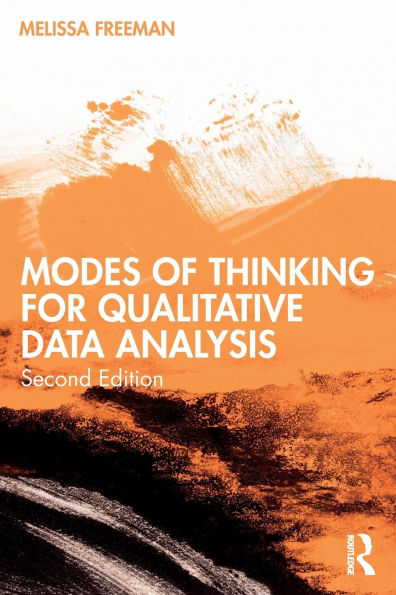This book offers a creative and comparative account of the conceptual and philosophical underpinnings of six prominent analytical movements used by interdisciplinary qualitative researchers: Categorical Thinking, Narrative Thinking, Dialectical Thinking, Poetic Thinking, Diffractive Thinking, and Decolonial Thinking
This book offers a creative and comparative account of the conceptual and philosophical underpinnings of six prominent analytical movements used by interdisciplinary qualitative researchers: Categorical Thinking, Narrative Thinking, Dialectical Thinking, Poetic Thinking, Diffractive Thinking, and Decolonial Thinking

Modes of Thinking for Qualitative Data Analysis
192
Modes of Thinking for Qualitative Data Analysis
192Paperback(2nd ed.)

Product Details
| ISBN-13: | 9781032472386 |
|---|---|
| Publisher: | Taylor & Francis |
| Publication date: | 06/20/2025 |
| Edition description: | 2nd ed. |
| Pages: | 192 |
| Product dimensions: | 6.00(w) x 9.00(h) x (d) |
